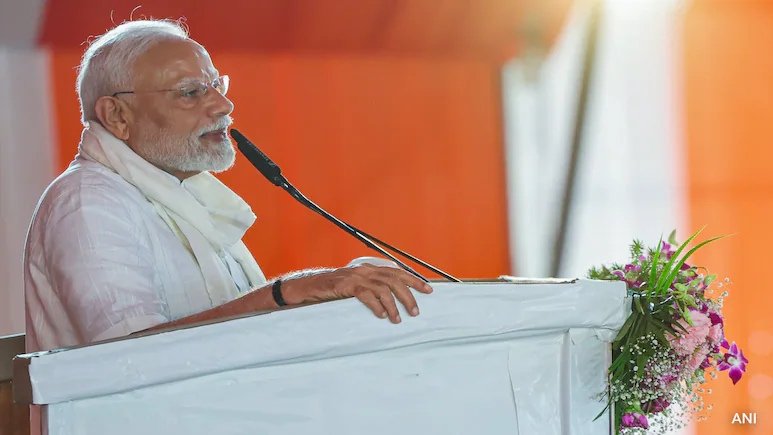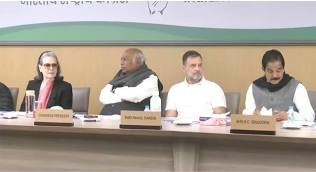In response to US President Donald Trump’s imposition of a 25% tariffs, Indian Prime Minister Narendra Modi intensified his call for economic self-reliance with a renewed Swadeshi (self-sufficiency) push.
The move aligns with Modi’s broader vision of Aatmanirbhar Bharat (Self-Reliant India), which emphasizes boosting domestic manufacturing, reducing dependence on foreign goods, and encouraging innovation within Indian industries.
Understanding Trump’s Tariff Move
Trump has announced a 25% tariff on Indian exports, alongside an unspecified additional penalty in response to India’s continued energy imports from Russia. This move, framed as part of Trump’s “America First” economic and geopolitical strategy, signals a significant escalation in trade tensions between Washington and New Delhi.
The tariff is expected to impact key Indian export sectors such as textiles, pharmaceuticals, and auto components. Trump’s linking of trade policy to foreign energy alignments underscores the growing intersection of economic and geopolitical considerations in U.S. foreign policy.
What Triggered the Shift?
The tariffs targeted critical sectors such as textiles, pharmaceuticals, steel, and auto components, threatening billions in export value. But Trump’s policy wasn’t just about trade—it was about influencing India’s foreign energy relationships and signaling disapproval of India’s continued oil imports from Russia. The result? An inflection point for India’s economic strategy.
Modi’s Swadeshi Response: From Legacy to Strategy
The term Swadeshi, rooted in India’s independence struggle, originally meant using indigenous goods and boycotting foreign imports. Under PM Modi, it has been redefined as a modern economic strategy aligned with his flagship vision of Aatmanirbhar Bharat (Self-Reliant India).
ALSO READ: Opinion | Did Modi’s LS Speech Invite the U.S. Tariff Bomb?
Economic Impact
Short-Term Effects:
-
Export losses in high-volume sectors.
-
Currency fluctuations and concerns over trade deficits.
Long-Term Adjustments:
-
Growth in domestic manufacturing output.
-
Increased consumer awareness and support for Indian-made goods.
-
Investor confidence in India’s policy stability and adaptability.
Conclusion: From Tariff Shock to Transformation
What began as a trade penalty from Washington has turned into a moment of opportunity for India. PM Modi’s big Swadeshi push in response to Trump’s 25% tariffs represents not just economic adaptation, but a strategic redefinition of India’s place in the global order.
By choosing resilience over retaliation, India is aiming to become not just a consumer market but a manufacturing powerhouse with global influence.













